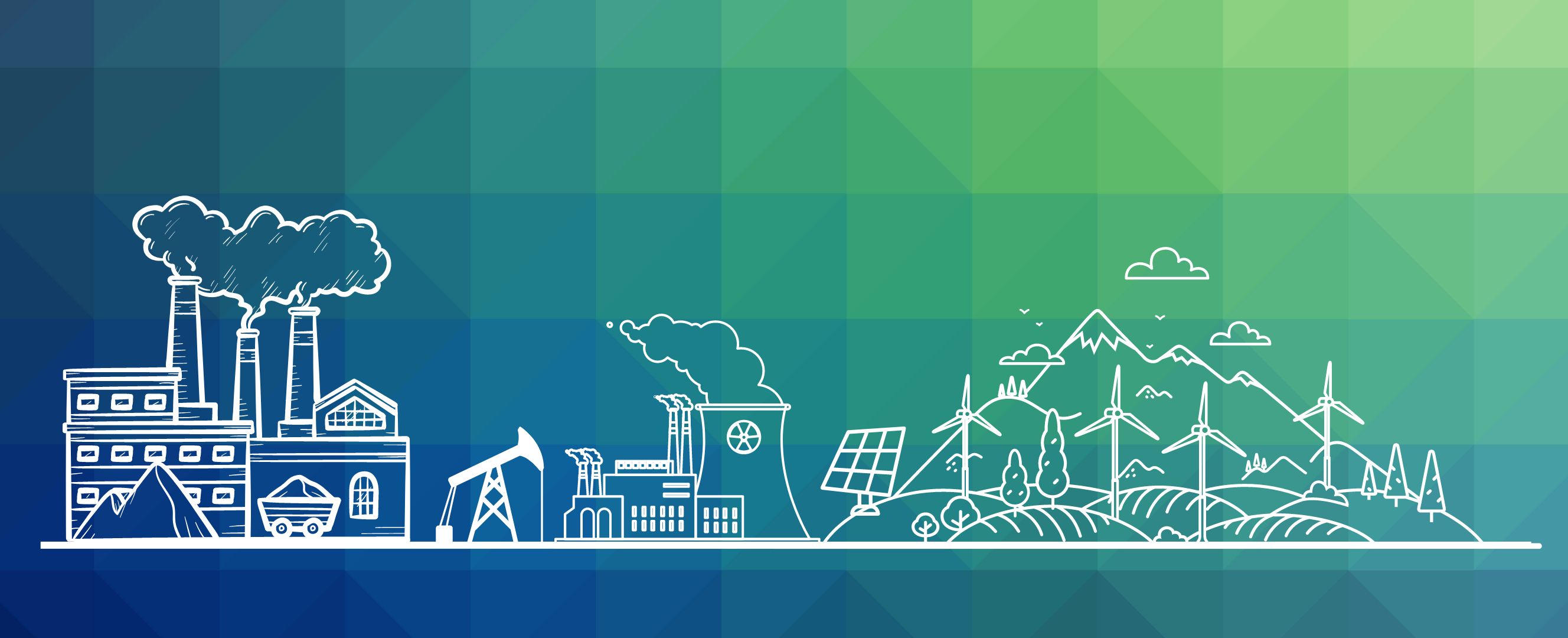We need much more than just solar and wind to achieve a clean energy transition
The world is in a race against time to cut its reliance on fossil fuels and have a fighting chance of limiting a temperature rise to 1.5°C.
Thanks to wind and solar, the share of low-carbon energy has accelerated recently to reach 17 percent of total primary energy needs. However, this is hardly enough, as fossil fuels still make up 77 percent, just as they did 20 years ago.
The energy transition required today is like no other in history (see “Bumps in the Energy Transition,” in this issue of F&D). Energy transitions of the past were really just energy additions because the world was consuming more of different forms of energy.
Achieving net zero emissions by 2050 means not only increasing low-carbon energy rapidly but also decreasing fossil fuel use at the same time.
The challenge is that while per capita energy consumption has peaked in many advanced economies, it is growing in those that are still developing, and as the map below shows, it must increase in low-income countries to lift people out of poverty and raise living standards. Low-income and developing countries are also where most of the population growth is happening.
This is why the world needs a lot more than just wind and solar for the transition. Other renewables like bioenergy and green hydrogen will be key, but so too will things like carbon capture and storage— and, as the IEA’s Fatih Birol points out, doing more with less through greater energy efficiency.
Burning solid fuels such as wood dominated energy production until the mid-19th century.
Then came the Industrial Revolution and along with it, coal, which rose to take the top spot.
Following WWII, a boom in automobile ownership made oil the most consumed form of energy.
Other sources of energy like natural gas, hydropower, and nuclear began to assume prominent roles in the global energy mix from 1960s onwards.
Since then, energy consumption has continued to rise rapidly, particularly in the early 2000s, with demand for all forms of energy growing as a result.
More recently, from about 2010, the share of renewables has accelerated sharply on the back of solar and wind deployment.
But a lot more than just solar and wind will be needed to achieve the pace and scale of the required energy transition, to switch from fossil fuels to low-carbon energy in time to avoid climate catastrophe.
Opinions expressed in articles and other materials are those of the authors; they do not necessarily reflect IMF policy.









